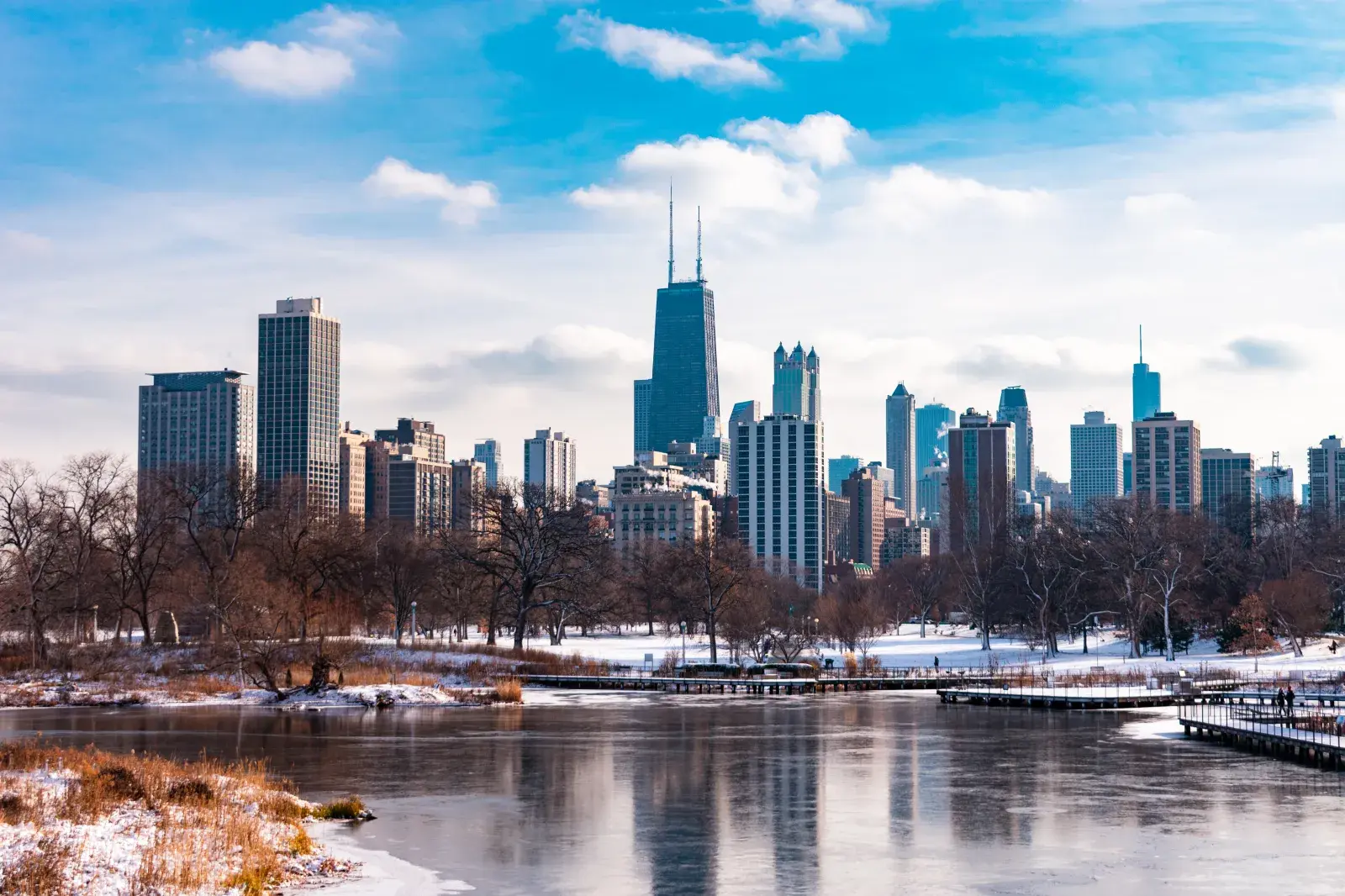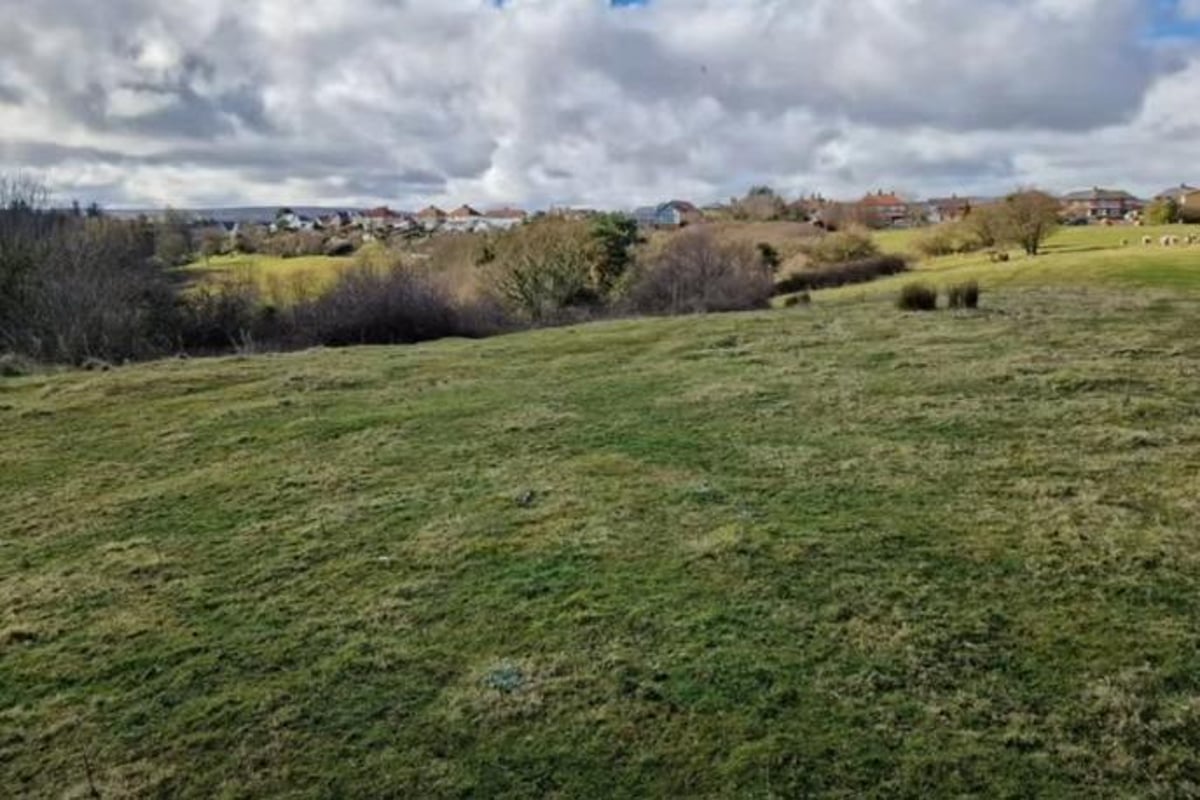Copyright newsweek

An early-season arctic blast has plunged much of the U.S. into extreme winter conditions, with more than 80 million people under freeze alerts and at least 13 states facing significant snowfall and ice. As temperatures plummet and heavy snow blankets large parts of the nation, experts are urging Americans likely to be affected to take simple but critical steps to prepare their homes for the extreme cold. What Is Happening? Record-low temperatures in the South, lake-effect snow and high winds have triggered widespread winter storm warnings, with travel disrupted in several areas. The National Weather Service has issued winter weather warnings for Tennessee, North Carolina, Virginia, Illinois, Indiana, Michigan, Pennsylvania, Ohio, New York, Kentucky, Wisconsin, Maryland, and Maine. Residents in the affected areas are bracing for hazardous conditions and travel restrictions expected to last into Tuesday. Martyn Fowler, founder of Elite Renewables and an expert in residential HVAC systems, told Newsweek that households should act now to better withstand frigid conditions. Here are the gadgets and hacks he wants people to keep in mind ahead of any big freeze. A Humidifier To Combat Dry Air Cold air is notoriously dry, and when heating systems run constantly, indoor humidity drops even further. This can lead to cracked skin, sore throats, and even make you feel colder because dry air pulls moisture from the body. Why it matters: A humidifier adds moisture back into the air, making the home feel warmer and more comfortable while protecting your health. “A humidifier can definitely help during cold snaps. Indoor air can get very dry when the heating is on constantly. That can cause dry skin and irritated sinuses,” Fowler told Newsweek. “Low humidity can even damage wooden flooring and furniture if it drops too low. Using a humidifier to keep humidity levels between 40 and 60 helps you feel warmer and protects the home.” Thermal Curtains for Heat Retention Many older homes have single-glazed or drafty windows that allow heat to escape. Curtains made with insulating material can block drafts and retain warmth. Why it matters: Thermal curtains act as an added layer between your windows and the interior, helping to reduce heat loss—especially at night. “I do always recommend thermal curtains to clients with single-glazing or older sash windows. They make a noticeable difference in holding heat inside,” Fowler said. “Just make sure you don’t block the radiators with them, or you’ll trap the heat behind the fabric.” Power Banks for Emergency Charging Winter storms can lead to power outages that leave homes without heat or communication tools. Why it matters: Portable power banks help keep essential devices like phones charged so residents can contact emergency services or receive updates. “Even a small one is useful to keep phones charged if the power goes out. It’s definitely something I’d recommend if you live in a rural area,” Fowler said. The Chicago skyline viewed from South Pond in Lincoln Park Chicago, Illinois with snow and ice A Backup Portable Heater If your central heating fails during a winter storm, you may be left without a reliable heat source. Why it matters: Portable fan heaters can provide localized heat in a small space, giving families a temporary solution while waiting for repairs. “A portable fan heater is a good backup if your main heating system goes down,” Fowler said. “It won’t heat a whole house, but it can take the edge off in one room.” Door Draught Excluders to Seal Cold Air Out Unsealed gaps under doors allow cold air to enter and warm air to escape, forcing heating systems to work harder. Why it matters: Blocking draughts with a simple excluder improves energy efficiency and can make rooms feel several degrees warmer. “Cold air loves to creep in under doors, especially in older properties,” Fowler said. “Blocking those draughts keeps warm air inside and can make a room feel several degrees warmer without touching the thermostat.” Bleeding Radiators to Maximize Heat Output Over time, air can become trapped inside radiators, preventing them from fully heating. Why it matters: Bleeding radiators ensures even heat distribution and improves the overall efficiency of your heating system. “The last one isn’t a gadget, but it is something that’s essential that many people forget,” Fowler said. “Trapped air makes the heating system work harder and leaves cold spots at the top of the radiator. You’ll get more out of your boiler if the whole system is working properly.”



